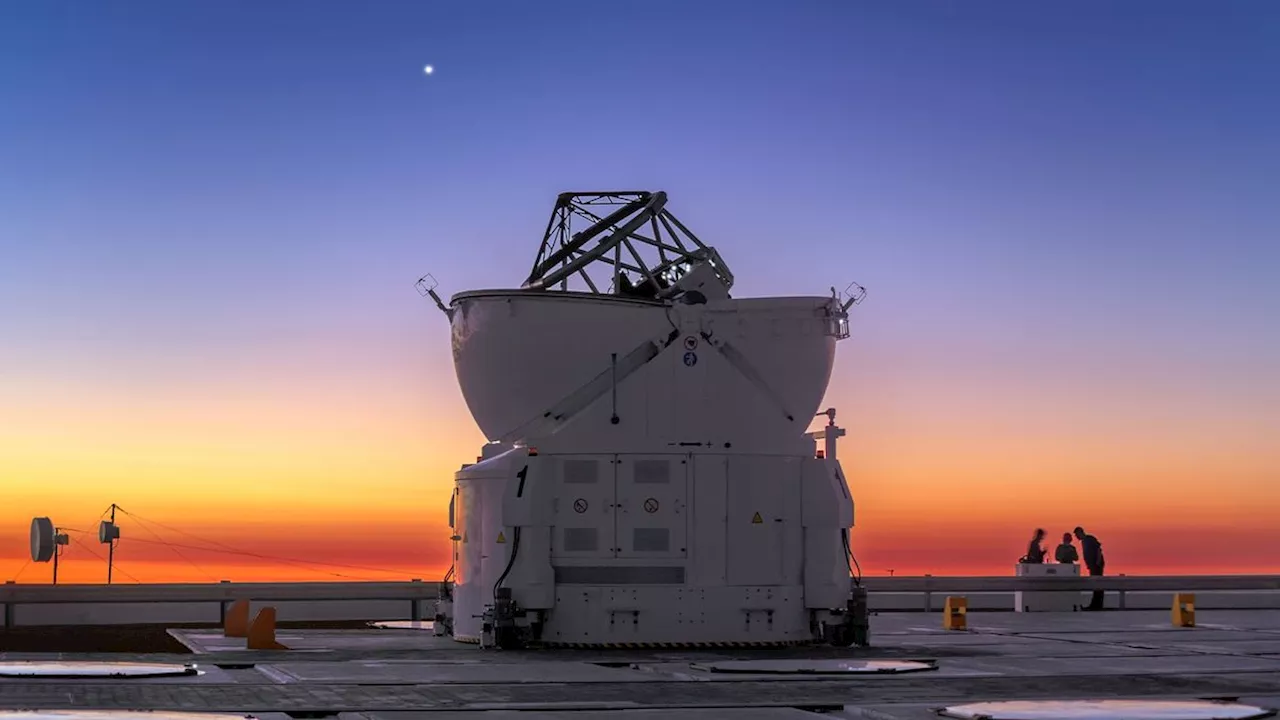Jamie Carter is a freelance journalist and regular Live Science contributor based in Cardiff, U.K. He is the author of A Stargazing Program For Beginners and lectures on astronomy and the natural world. Jamie regularly writes for Space.com, TechRadar.com, Forbes Science, BBC Wildlife magazine and Scientific American, and many others.
This Thursday , Venus and Mars will appear side by side in the predawn sky, and if you rise early, you can spot this planetary dance with the naked eye or a pair of binoculars.
During the seemingly close encounter, called a planetary conjunction, Venus and Mars will come within about half a degree of each other. Venus, one of the brightest objects in Earth's sky, will easily outshine Mars. While Venus will shine at magnitude -3.9, Mars will reach just magnitude 1.3, according to In The Sky.
Because Mars will be harder to see in the light of dawn, the best way to view this conjunction is with a pair of good binoculars. However, you should still be able to see the event with your unaided eyes. Observers in the Northern Hemisphere will be able to see the two planets shine together in the east-southeast from around one hour before sunrise, with Mars about the width of a full moon below Venus, thus forming somewhat of a cosmic colon in the sky.
Although the planets appear close together, they look that way only from our perspective on Earth, of course. On Feb. 22, Venus will be 136 million miles from Earth, and Mars will be 208 million miles from our planet. In other words, the two seemingly side-by-side planets will actually be more than 100 million miles apart from each other.
Conjunctions are fascinating events, but they are not rare in our solar system. There will be three other planetary conjunctions in 2024: Jupiter and Uranus , Mars and Uranus , and Mars and Jupiter .
Canada Latest News, Canada Headlines
Similar News:You can also read news stories similar to this one that we have collected from other news sources.
Postdoctoral Associate- Single- Cell and Data Science - Houston, Texas (US) job with Baylor College of Medicine (BCM)The position is intended for Computer Science, Computational Biology, or life science graduates transitioning to a data science and bioinformatics career.
Read more »
 Space photo of the week: Bruce McCandless II floats untethered as the 1st 'human satellite' in historyJamie Carter is a freelance journalist and regular Live Science contributor based in Cardiff, U.K. He is the author of A Stargazing Program For Beginners and lectures on astronomy and the natural world. Jamie regularly writes for Space.com, TechRadar.com, Forbes Science, BBC Wildlife magazine and Scientific American, and many others.
Space photo of the week: Bruce McCandless II floats untethered as the 1st 'human satellite' in historyJamie Carter is a freelance journalist and regular Live Science contributor based in Cardiff, U.K. He is the author of A Stargazing Program For Beginners and lectures on astronomy and the natural world. Jamie regularly writes for Space.com, TechRadar.com, Forbes Science, BBC Wildlife magazine and Scientific American, and many others.
Read more »
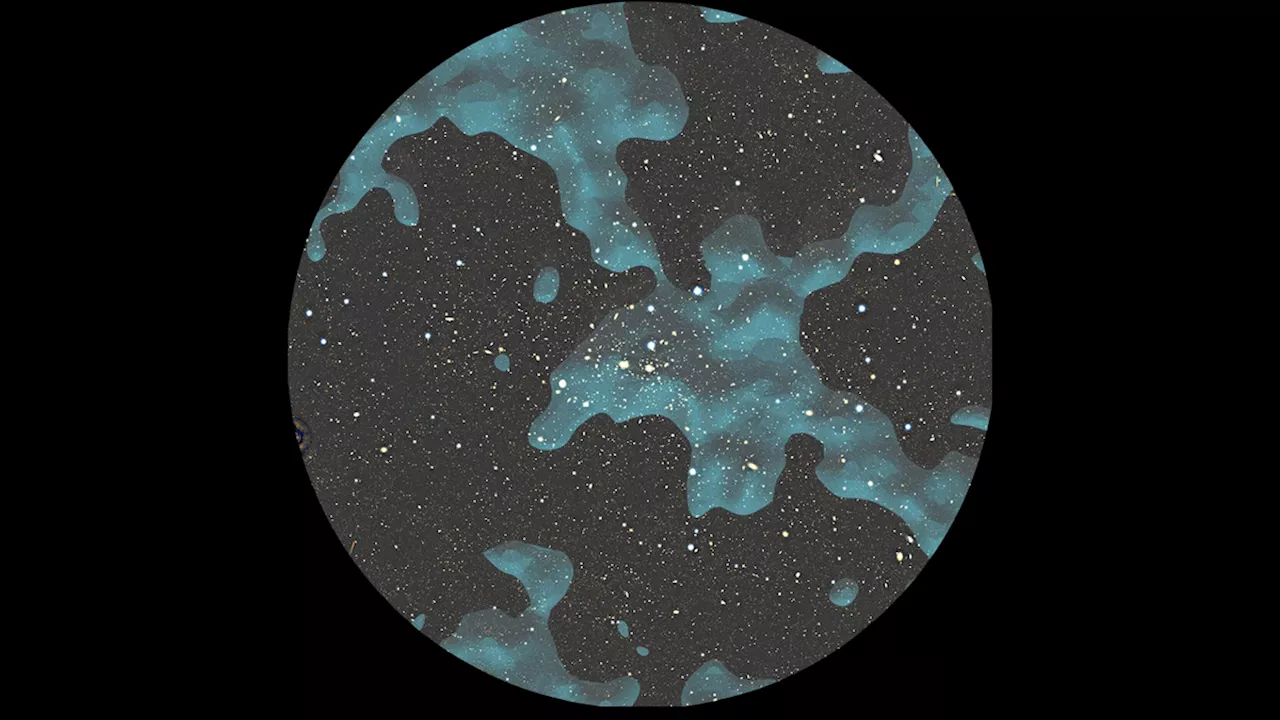 Dark matter detected dangling from the cosmic web for 1st timeRobert Lea is a science journalist in the U.K. whose articles have been published in Physics World, New Scientist, Astronomy Magazine, All About Space, Newsweek and ZME Science. He also writes about science communication for Elsevier and the European Journal of Physics. Rob holds a bachelor of science degree in physics and astronomy from the U.K.
Dark matter detected dangling from the cosmic web for 1st timeRobert Lea is a science journalist in the U.K. whose articles have been published in Physics World, New Scientist, Astronomy Magazine, All About Space, Newsweek and ZME Science. He also writes about science communication for Elsevier and the European Journal of Physics. Rob holds a bachelor of science degree in physics and astronomy from the U.K.
Read more »
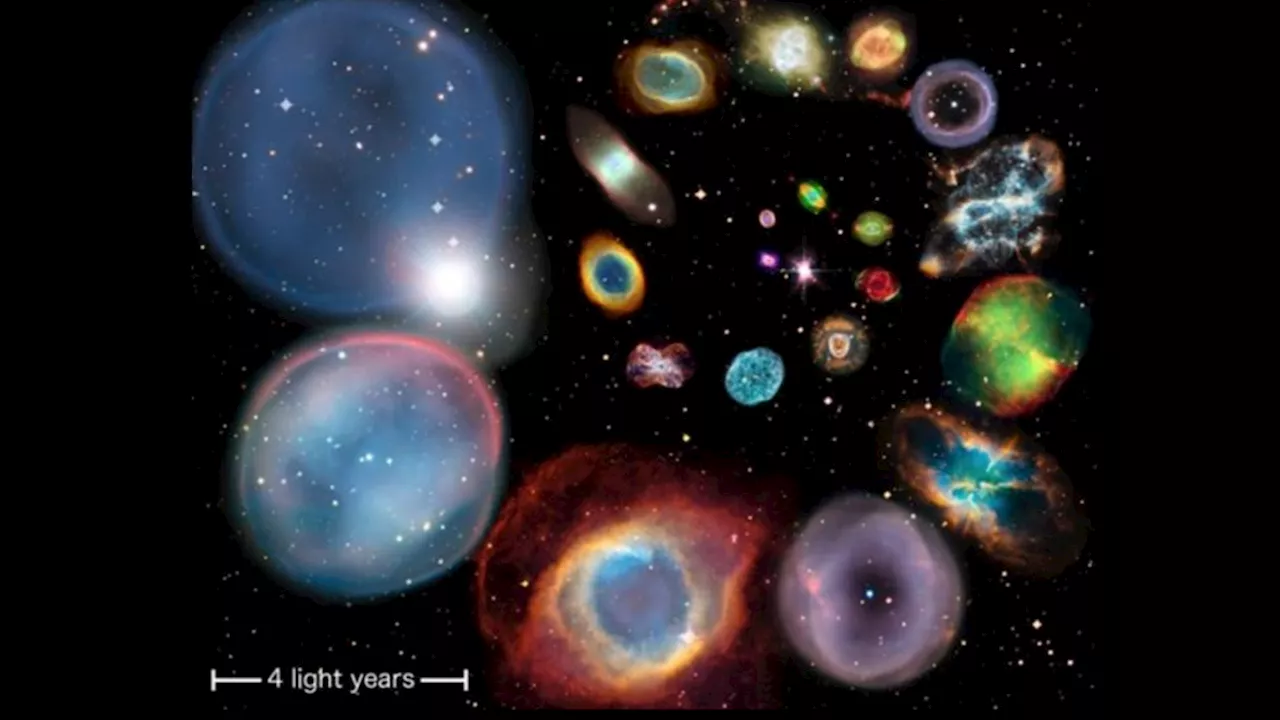 Fire but no brimstone: Where is the universe's missing sulfur?Robert Lea is a science journalist in the U.K. whose articles have been published in Physics World, New Scientist, Astronomy Magazine, All About Space, Newsweek and ZME Science. He also writes about science communication for Elsevier and the European Journal of Physics. Rob holds a bachelor of science degree in physics and astronomy from the U.K.
Fire but no brimstone: Where is the universe's missing sulfur?Robert Lea is a science journalist in the U.K. whose articles have been published in Physics World, New Scientist, Astronomy Magazine, All About Space, Newsweek and ZME Science. He also writes about science communication for Elsevier and the European Journal of Physics. Rob holds a bachelor of science degree in physics and astronomy from the U.K.
Read more »
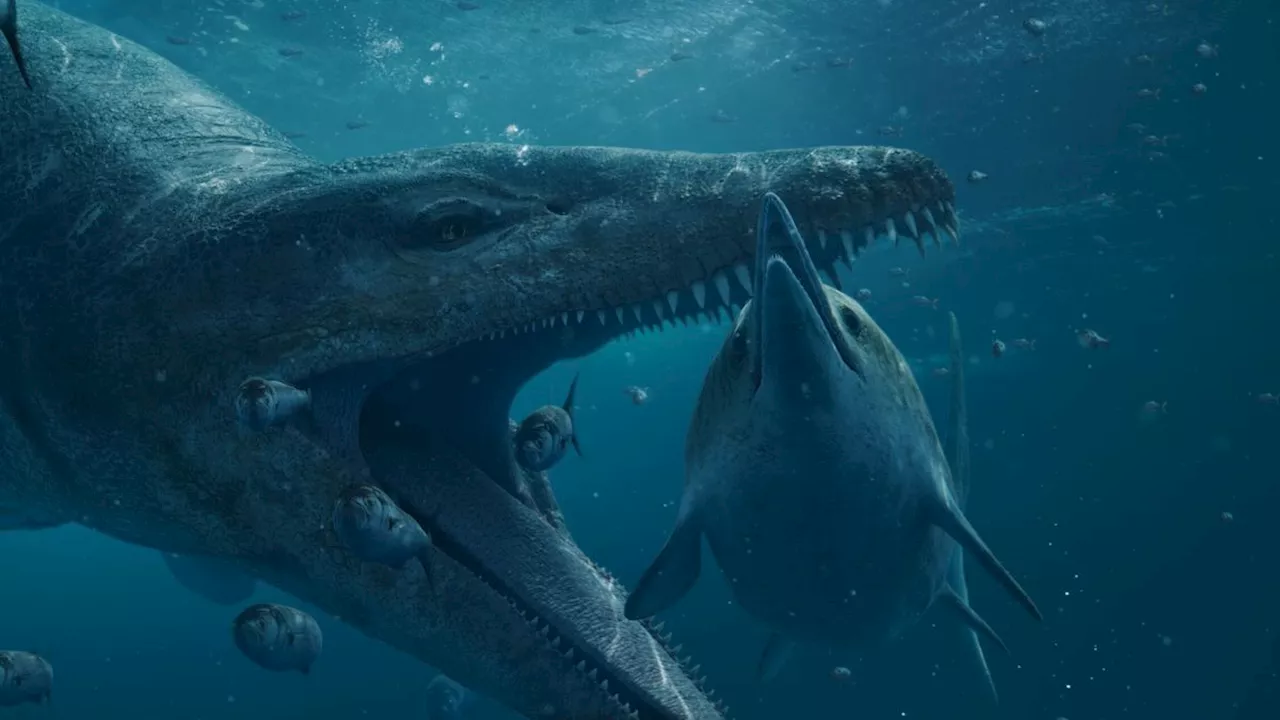 Watch 30-foot Jurassic sea monster come back to life in David Attenborough's new pliosaur showHannah Osborne is the planet Earth and animals editor at Live Science. Prior to Live Science, she worked for several years at Newsweek as the science editor. Before this she was science editor at International Business Times U.K. Hannah holds a master's in journalism from Goldsmith's, University of London.
Watch 30-foot Jurassic sea monster come back to life in David Attenborough's new pliosaur showHannah Osborne is the planet Earth and animals editor at Live Science. Prior to Live Science, she worked for several years at Newsweek as the science editor. Before this she was science editor at International Business Times U.K. Hannah holds a master's in journalism from Goldsmith's, University of London.
Read more »
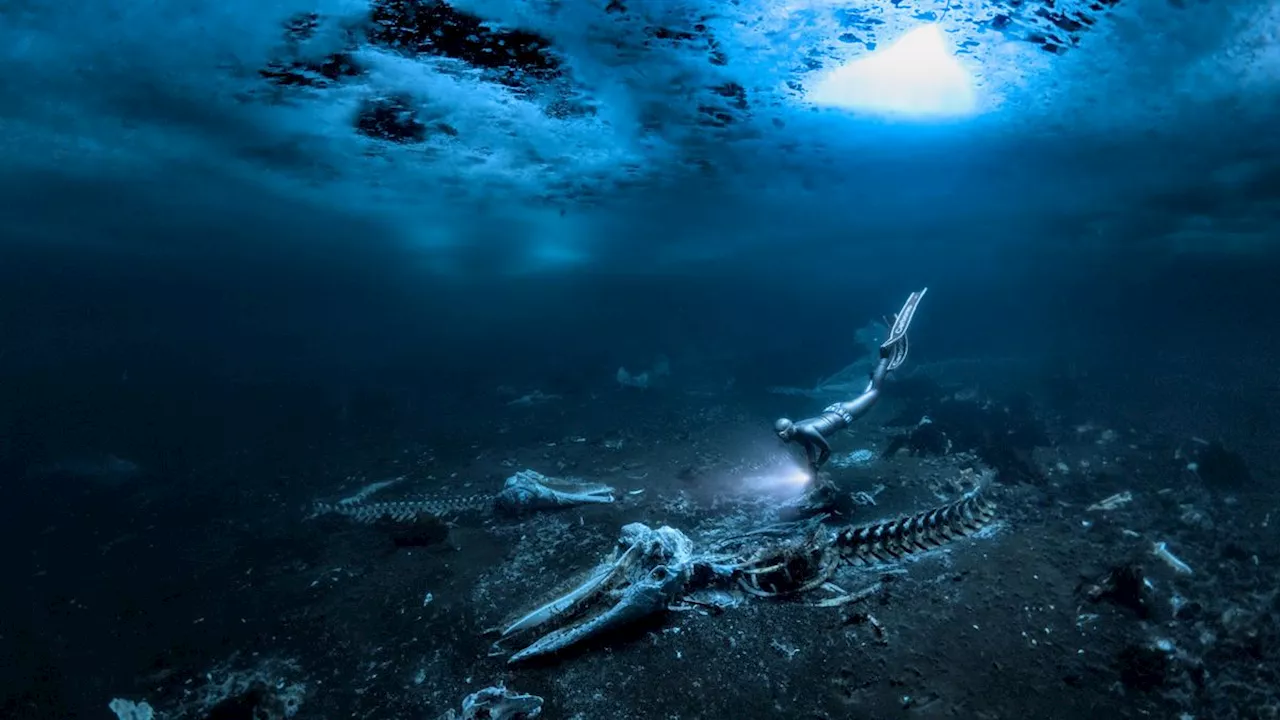 Eerie photograph captures whales hunted off Greenland lying in their watery graveHannah Osborne is the planet Earth and animals editor at Live Science. Prior to Live Science, she worked for several years at Newsweek as the science editor. Before this she was science editor at International Business Times U.K. Hannah holds a master's in journalism from Goldsmith's, University of London.
Eerie photograph captures whales hunted off Greenland lying in their watery graveHannah Osborne is the planet Earth and animals editor at Live Science. Prior to Live Science, she worked for several years at Newsweek as the science editor. Before this she was science editor at International Business Times U.K. Hannah holds a master's in journalism from Goldsmith's, University of London.
Read more »
